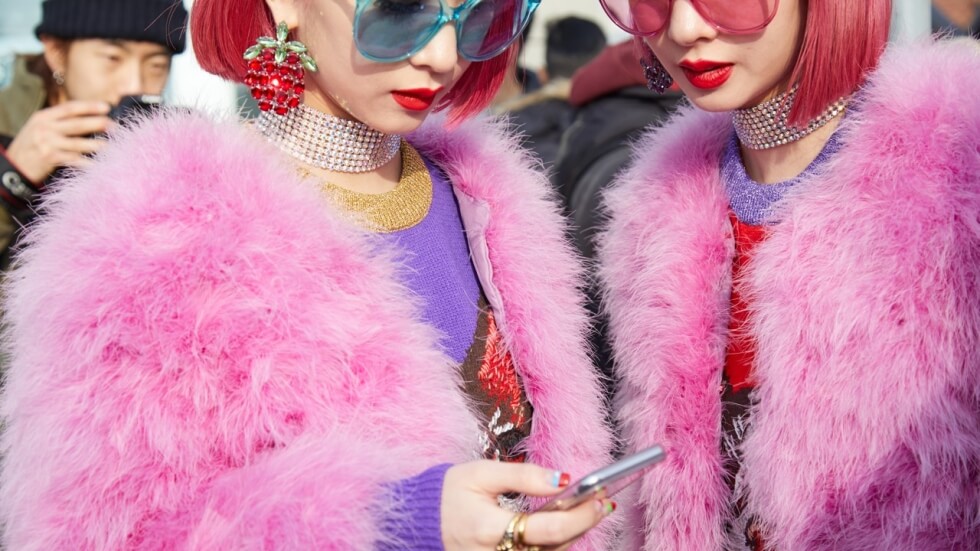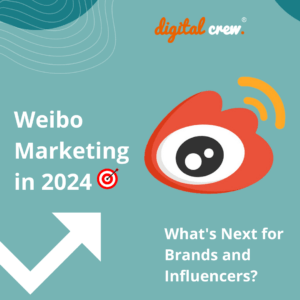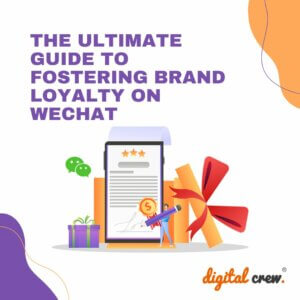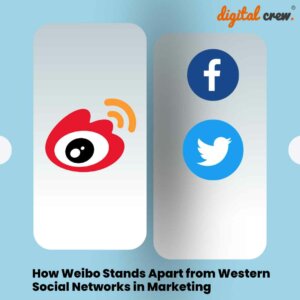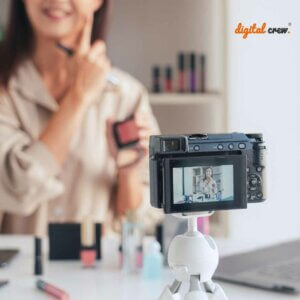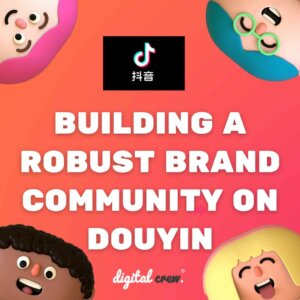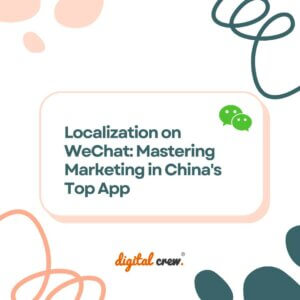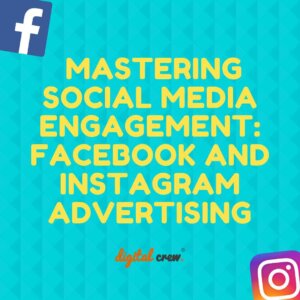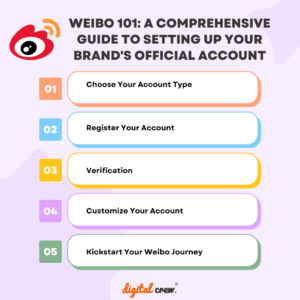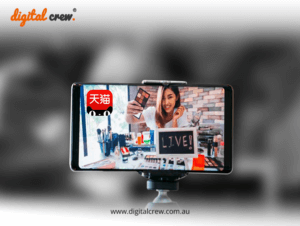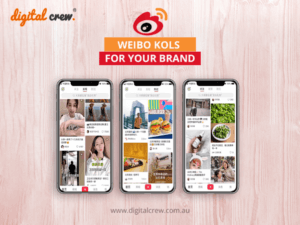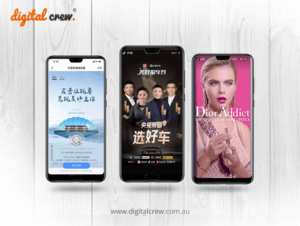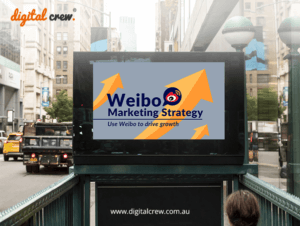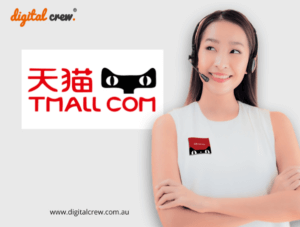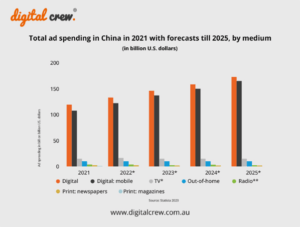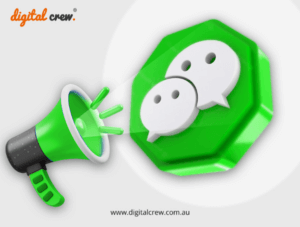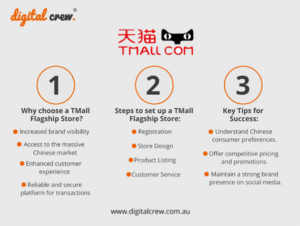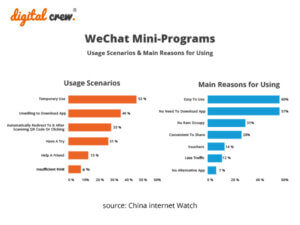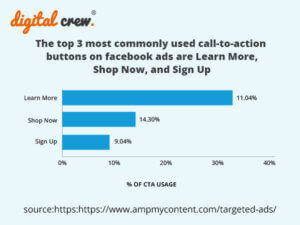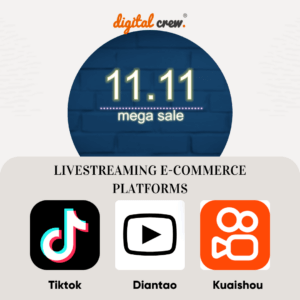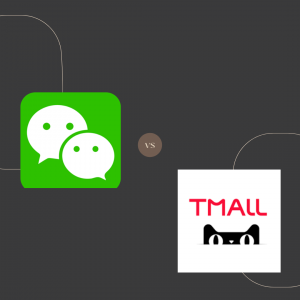Understanding Chinese Millennials Through The Buzzwords They Use
Chinese millennials dominate 400 million out of the total 1.4111 billion people in the market. Brands all over the world target this millennial population in most countries by ringing in elements through their brand communication that is familiar with this age cohort.
The young Chinese adults have coined terms for the exclusive lifestyles they have devised for themselves. The terms are bound to give marketers thoughtful insights on how they should curate their content to appeal to the eyes of their 20 something viewers
1.Pretty is power

Chinese millennials correlate appearances to higher chances of social acceptance and success. Chinese millennials believe they live in a time of the appearance economy – A time when prettiness translates into serious social capital. Watchwords like “pretty is justice” (颜值即正义) are more than just socially acceptable: On Weibo, the hashtag #prettyisjustice has been invoked more than 93,000 times.
A popular Korean T.V. series ‘What’s Wrong With Secretary Kim’ has greatly influenced the “pretty is power” mindset of the Chinese millennial. As a result, both the male and female consumers invest heavily in fashion, cosmetics, wellness etc. giving the beauty and fashion industry a major boost.
What Marketers should incorporate in their strategy: The audience is looking for social validation from the highest authority and marketers should leverage mediums like the little red book to impart their brand communication and get a gist of their insights from demands for products on that platform
2.Slashers

The Chinese millennial unlike his baby boomer cohort identifies with more than one personality and occupational trait. The term “slash” was coined in 2007 by Marci Alboher, a columnist at the The New York Times and book author, to describe someone who has more than one identity, job, or occupation (and might introduce themselves as an artist/personal trainer/yoga instructor, for instance).
What Marketers should take away from this identity learning: Slashers dress for many different scenarios and want the brands they buy to be as versatile as they are. The luxury brand consumer may work a 9-5 job from Monday to Friday but take up DJ/Art/teaching gigs on weekends to fuel his/her passion. Hence, we see a chunk of luxury brands collaborating with streetwear brands including Louis Vuitton x Supreme, Jimmy Choo x Off-White and many others yet to arise.
3.Buddha Youth

This term was first coined in a 2017 WeChat article titled “The First Group of Post-’90s are Already Becoming Monks” and has since gone viral. In fact, the piece inspired many people to share the Zen way they live on social media, which they describe as non-disruptive, peaceful, loving, and non-materialist. It’s a reaction that’s been attributed to the radical change in wealth and technology China’s seen over the past decade.
What insights can marketers can absorb: At first glance, the Buddha youth might seem like a red light for luxury brands. But Amrita Banta, Managing Director of Singapore-based Agility Research & Strategy noted that Chinese millennials are still very interested in luxury brands — they simply won’t prize material objects over everything else. To resonate with them, brands need to fully discover the consumer’s emotional needs and form bonds with them on a deeper level.
4.China Hip
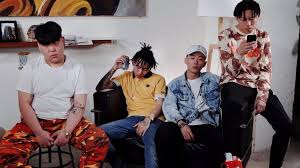
“China hip” refers to the trend of combining streetwear – a fashion style that’s huge with young Chinese consumers now – with the aesthetics of China’s rich heritage. While reality TV shows like Rap of China and Street Dance of China have brought streetwear fashion from obscurity to the mass market, various TV dramas set in ancient China have also captured a wide audience by introducing consumers to their own cultural roots.
What information should luxury brands partake from this insight: Luxury brands might add traditional elements to their products or stories to please this generation, but they can also risk being called out for cultural appropriation or could appear outdated, losing their “cool factor.” As we mentioned in our previous blog, many luxury brands practically died because of inappropriate marketing. Brands should show respect to China’s cultures by working with local experts and craftsmen to help give their brand an authentic Chinese identity.
5.Checking In

Since the ultra-connected 90s-born generation strongly shares the “FOMO (fear of missing out)” mentality, sharing check-in posts on social media has become a popular way to prove that they have a very real and active social life. In the report, data from Ctrip showed that going to museums, watching popular TV shows, and attending sporting events are the top three activities ’90s-born consumers like to check in from. When it comes to choosing travel destinations, they are drawn to locations from popular TV shows or books.
What marketers can incorporate in their strategy: Brands could generate buzz from interactive events and incentives to the audience in association with checking in. A ton of professionally shot pictures is a priority for many young millennials to post on their social media and brands could fill in this gap by exploring the opportunity.
6.Lazy Economy
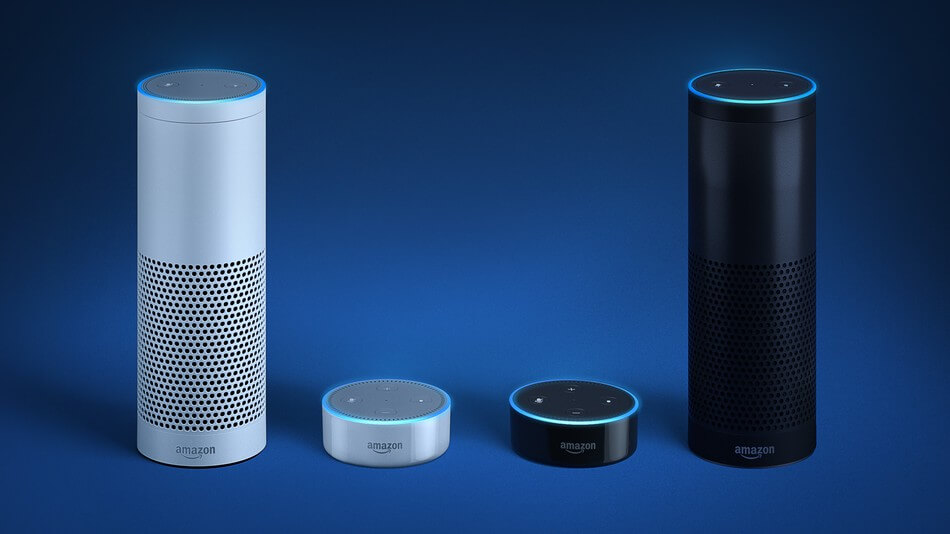
The so-called “lazy economy” refers to a new type of consumption that’s about saving time and energy. This term came about as the pace of life accelerated because of technology, forcing people to spend more and more time on working and social life and less on activities like brick-and-mortar shopping, cooking, and cleaning. The research shows that in 2018, twenty-something consumers liked to buy high-tech home goods and beauty products that emphasized quick and easy tutorials for gaining popularity.
What brands can learn: Beauty and luxury brands can take advantage of this trend by creating innovative products that embrace the digital channels that the ’90s-born generation loves.
7. Dinkwads

Chinese millennials are now saving up to live their life by investing in experiences like travelling, concerts, sporting events etc. Dinkwad is an acronym which stands for “Double Income No Kids With A Dog.” As the only-child generation, ’90s-born consumers are willing to invest in a pet’s food, accessories, and cleaning products to fulfill their own emotional needs. The CBNData shows that the growth rate of consumption on pet products among the ’90s-born generation is almost twice that of the whole population.
Insights for marketers: The rise of pet owners is about the ’90s-born emotional need for companions, and luxury brands can better market their products or services by tapping into those feelings.








